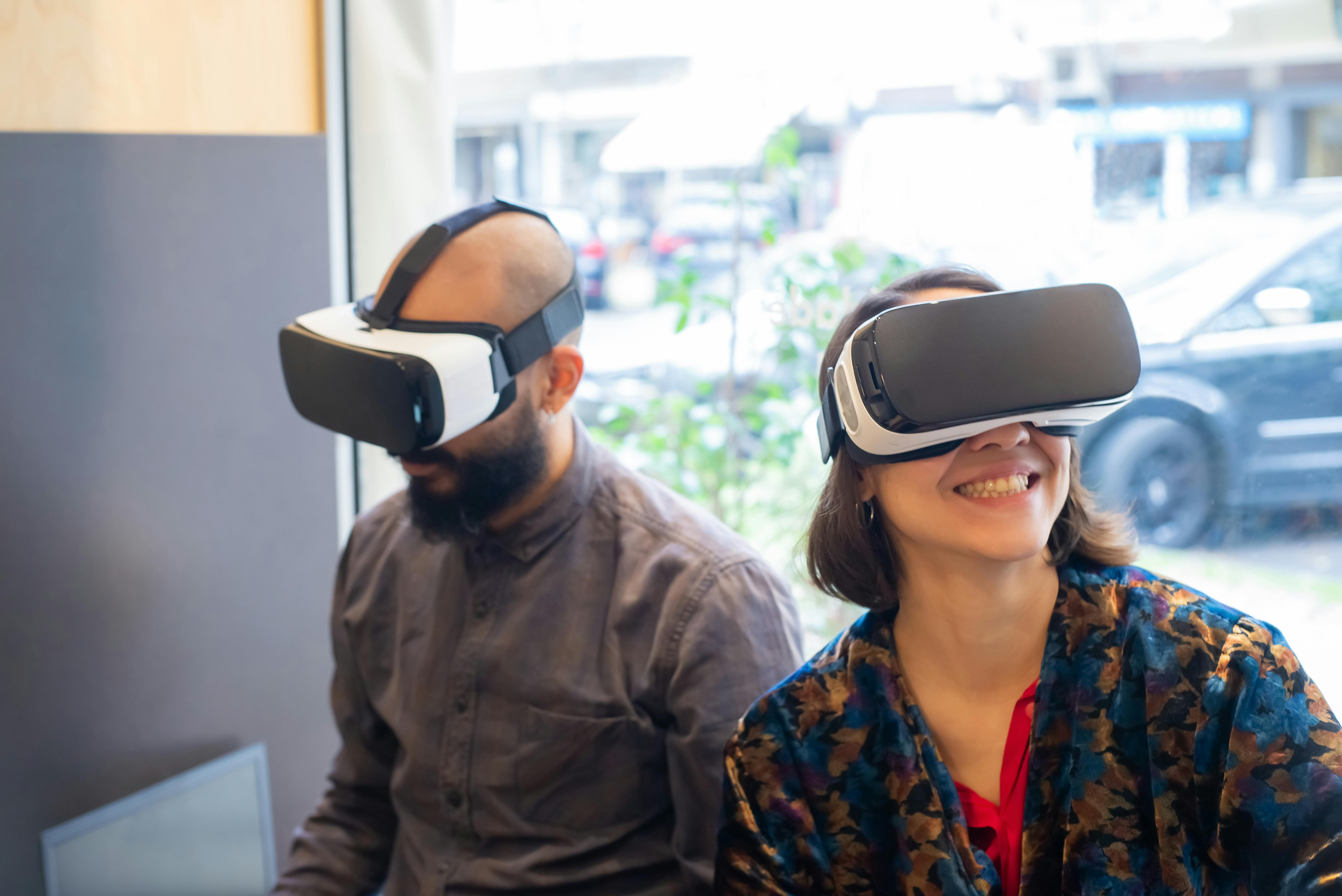Industrial Metaverse: Leveraging the Metaverse for Efficiency
Sep 3, 2024
The industrial metaverse is an emerging concept that merges physical and digital worlds to create immersive, interactive environments for industrial applications. By leveraging advanced technologies, the industrial metaverse enhances efficiency and fosters innovation. This article will delve into how businesses can harness the power of the industrial metaverse.
Understanding the Industrial Metaverse
Definition
The industrial metaverse is a virtual space where digital twins of physical assets, processes, and environments are created and managed. It integrates technologies like augmented reality (AR), virtual reality (VR), and the Internet of Things (IoT) to offer real-time, interactive experiences.
Key Characteristics
Immersiveness: Provides a highly engaging and interactive environment.
Real-Time Data Integration: Utilizes live data from physical assets for accurate simulations.
Collaboration: Facilitates teamwork and collaboration across geographical boundaries.
The Evolution of Industrial Technologies
From Automation to Digital Twins
Industrial technologies have evolved from basic automation to the creation of digital twins—virtual replicas of physical assets that provide real-time data and insights.
The Role of IoT
The Internet of Things (IoT) connects physical devices to the digital world, enabling data collection and analysis for better decision-making.
How the Industrial Metaverse Enhances Efficiency
Improved Process Optimization
By simulating industrial processes in a virtual environment, companies can identify inefficiencies and optimize workflows without disrupting actual operations.
Enhanced Predictive Maintenance
The industrial metaverse allows for real-time monitoring and predictive maintenance, reducing downtime and extending the lifespan of equipment.
Streamlined Collaboration
Virtual environments facilitate collaboration between teams, regardless of location, leading to faster problem-solving and innovation.
Key Technologies Enabling the Industrial Metaverse
Digital Twin Technology
Virtual Reality (VR)
VR provides immersive simulations for training, prototyping, and process optimization.
Augmented Reality (AR)
AR overlays digital information on the physical world, enhancing real-world tasks with virtual data.
Digital Twins
Digital twins are virtual models of physical assets that provide real-time insights and enable predictive analytics.
Blockchain
Blockchain technology ensures secure data transactions and the creation of unique digital assets.
Artificial Intelligence (AI)
AI powers advanced analytics, predictive maintenance, and automated decision-making.
Applications of the Industrial Metaverse
Virtual Prototyping
Design and Testing
Virtual prototyping allows companies to design and test products in a virtual environment, reducing the need for physical prototypes and accelerating the development process.
Remote Maintenance and Support
Real-Time Assistance
Technicians can use AR and VR to provide remote support and maintenance, guiding on-site personnel through complex tasks.
Training and Simulation
Immersive Learning
The industrial metaverse offers immersive training simulations, allowing employees to practice skills in a safe, controlled environment.
Supply Chain Management
Enhanced Visibility
Digital twins and IoT provide real-time visibility into supply chain operations, enabling better management and optimization.
Challenges and Considerations
Technical Barriers
Implementing the industrial metaverse requires advanced technologies and infrastructure, which can be a barrier for some companies.
Data Security
Ensuring the security and privacy of data is critical, particularly when dealing with sensitive industrial information.
Skill Requirements
Employees need to be trained to use and interact with the industrial metaverse effectively, which can involve a learning curve.
Case Study: SAP VR Simulation Training Experience
SpaceTo partnered with SAP to create an innovative metaverse training experience for the Energy and Utilities industry. Showcased at the International SAP Conference for Energy and Utilities in Basel, Switzerland, the VR and web-based simulation leveraged real-time API integration with SAP’s S4/HANA and SAP Asset Performance Management tool.
This training environment, designed as a 3D oil refinery, allowed technicians to perform tasks and interact with various components virtually. The simulation provided a realistic and risk-free setting, enhancing training effectiveness while reducing costs and downtime. This collaboration demonstrated the potential of the industrial metaverse to revolutionize training in the energy sector, bridging skills gaps and optimizing operational efficiency.
Future Trends in the Industrial Metaverse
Integration with AI and Machine Learning
The integration of AI and machine learning will enhance predictive analytics and automated decision-making within the industrial metaverse.
Expansion of Digital Twins
Digital twins will become more sophisticated, providing even more detailed and accurate simulations of physical assets and processes.
Greater Accessibility
As technology advances and costs decrease, the industrial metaverse will become more accessible to a wider range of businesses.
Sustainability
The industrial metaverse can contribute to sustainability by optimizing resource use and reducing waste through better planning and simulation.
Conclusion
The industrial metaverse represents a significant leap forward in how businesses can enhance efficiency and drive innovation. By leveraging advanced technologies, companies can create immersive, interactive environments that transform industrial operations. As the industrial metaverse continues to evolve, its potential to revolutionize industries is limitless.




